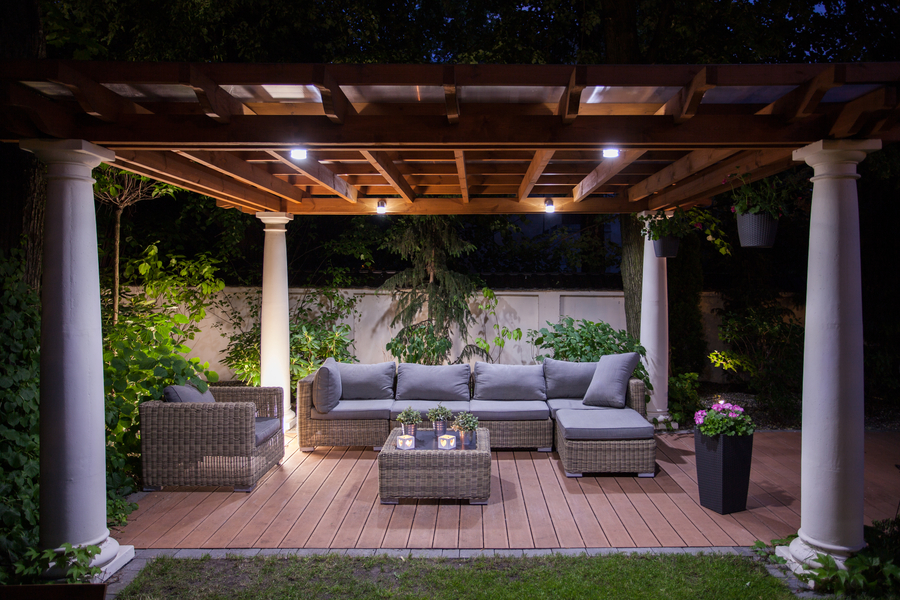Whole-Home Audio: How It Works & Why It’s Worth It
Imagine High-Quality Sound in Every Room of Your Los Angeles Home

Have you ever noticed how music brings people together? When you have a couple of friends over, there’s a stark difference between welcoming your guests into a silent home and one with fun music playing softly. When the music’s on, everyone feels more comfortable and connected, like they’re walking into a party—even if it’s just a casual get-together.
With a whole-home audio system, you can enjoy your favorite musicians and playlists across your entire property. As you walk from room to room—and outdoors too—you’ll never be out of earshot. And it’s all easily controlled from one system.
Just like the restaurants and bars you’ve visited in and around Los Angeles, your California home can include speakers synced together in every room. Learn how multi-room audio works below!
SEE ALSO: 2 Reasons to Consult a Professional for Total Home Integration
Why Should I Install Whole-Home Audio?
Whether you listen to folk, oldies, pop, or a little of everything, multi-room audio will make music an even more integral part of your life. You’ll enjoy subtle background music at all hours with your favorite playlists playing in each room. If not music, you can listen to the morning news as you walk away from the TV or put on a new podcast episode as you tidy up the house.
Whole-home music also lets you take your media outside with you so that you can spend more time in the California sunshine. Music will flow from integrated weatherproof speakers, soundtracking your poolside afternoons, workouts, mornings gardening, and every barbecue.
How Does Multi-Room Audio Work?
There are several ways to approach whole-home audio. You’ll either need a multi-source receiver or a control system, like Crestron, that sends signals to amplifiers in select rooms. You’ll connect speakers to the amplifiers for a signal, and from there, you can quickly switch between audio sources. Whether you’re tuning in to the radio, Spotify, Apple Music, a CD, Netflix, or your record player, the choice is yours.
Wired or Wireless?
Wireless speakers are another option. If you do go wireless, make sure you try to avoid using Bluetooth speakers. Bluetooth can’t carry the signal strength necessary for multi-room systems and has a very short range. Your audio quality will suffer with Bluetooth, too. Sonos and Bowers & Wilkins manufacture wireless speakers that connect over Wi-Fi. Remember, you’ll still need to plug the speakers into a power outlet. You just won’t need cables connecting to a receiver.
If you’re doing new construction or a retrofit, the best move is to install network cables inside the walls to directly distribute AV signals to multiple zones. This will tremendously save you work and time, as you won’t have to run wires throughout the house.
Compared to a wireless system, an installed speaker network is more reliable, and you won’t be limited to speakers made by one manufacturer. With Sonos and Bowers & Wilkins, for instance, you can only use their speakers in a wireless network. With wired audio, if you’re ever interested in a new device (like outdoor audio) by another brand, you can add it to your system with no problem.
Does whole-home audio sound like the perfect addition to your L.A. home? Contact HomeTronics here to learn more or discuss your new whole-home audio system. We look forward to assisting you!